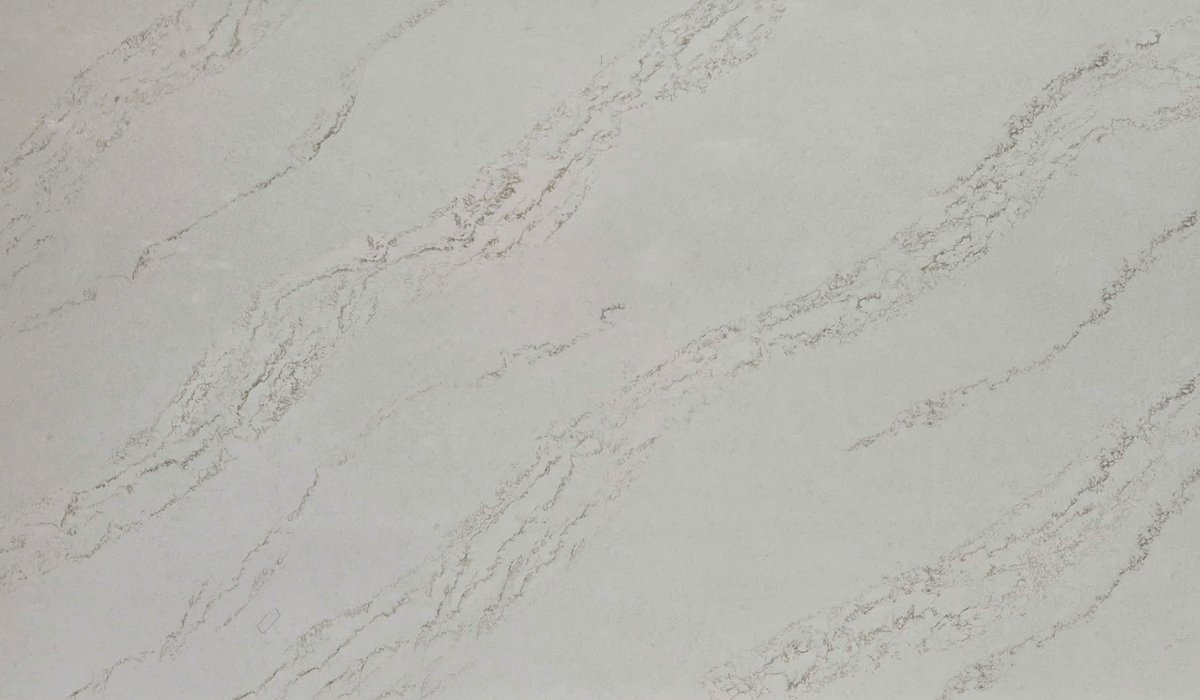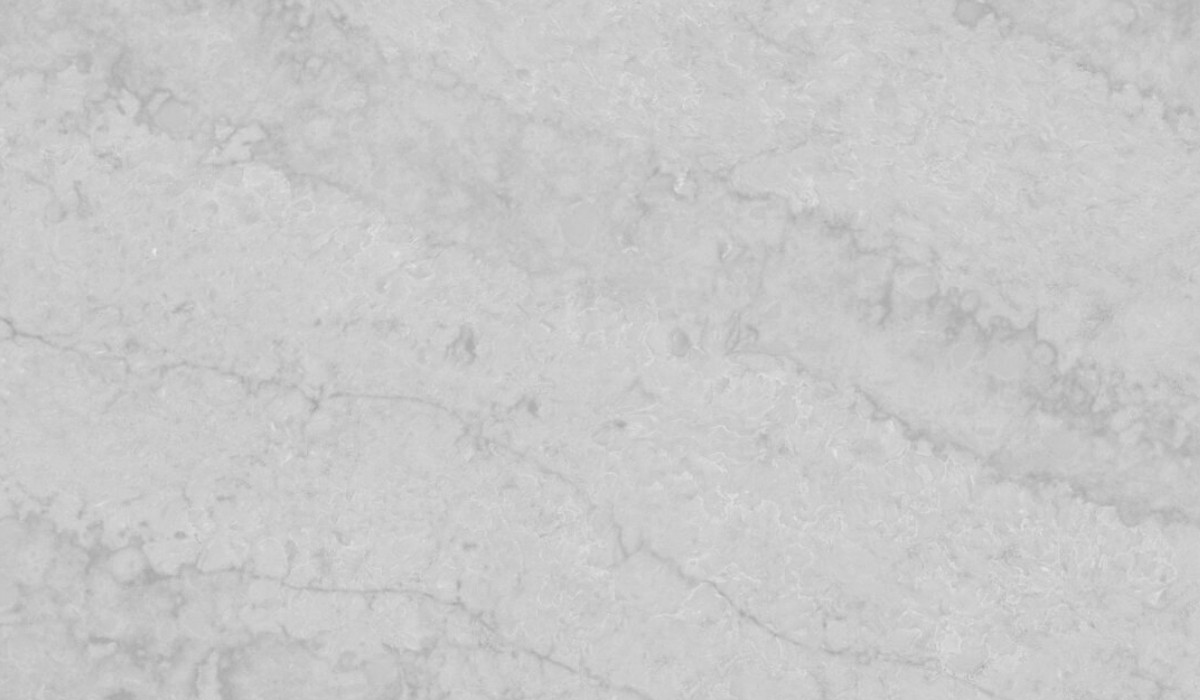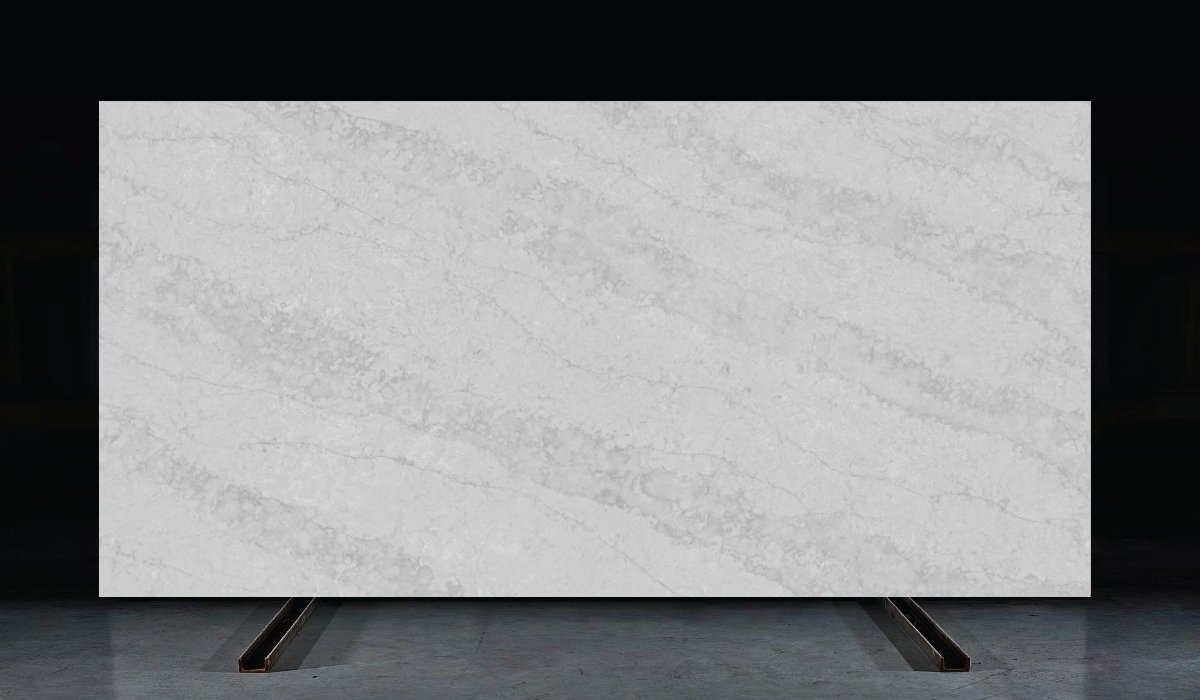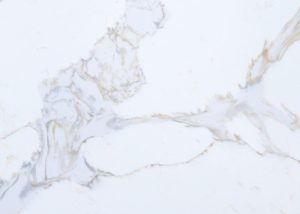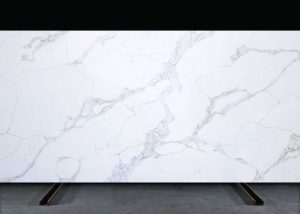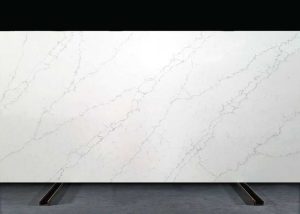Lunar Tide
Introducing Lunar Tide from the Mysterious Ocean Collection
This Quartz slab features a light, neutral grey tone that soothes the eye and evokes the tranquil surface of the ocean under moonlight. The harmonious color palette renders the stone both elegant and sophisticated.Lunar Tide invites relaxation and a connection to nature, perfect for creating serene and upscale environments.
Description
Introducing Lunar Tide from the Mysterious Ocean Collection
Immerse yourself in the subtle elegance of Lunar Tide, a refined selection from our Mysterious Ocean collection. This Quartz slab features a light, neutral grey tone that soothes the eye and evokes the tranquil surface of the ocean under moonlight. The harmonious color palette renders the stone both elegant and sophisticated.
Lunar Tide is characterized by its gentle, contrasting veins that are neither bold nor subtle. These soft, ethereal lines create a flowing effect reminiscent of the ocean’s tides under the moon’s glow, bringing a sense of peace and depth. These veins’ random and smooth distribution adds a natural, unforced quality to the stone.
Overall, this slab exudes a gentle, peaceful, and mystical beauty, making it ideal for spaces demanding refinement and luxury. Lunar Tide invites relaxation and a connection to nature, perfect for creating serene and upscale environments.
Additional information
| Normal Size | 160x320cm |
|---|---|
| Jumbo | 200x350cm |
| Vein color | White and Dark Grey |
| Background color | Grey |
| Collection | Mysterious Ocean Collection |

